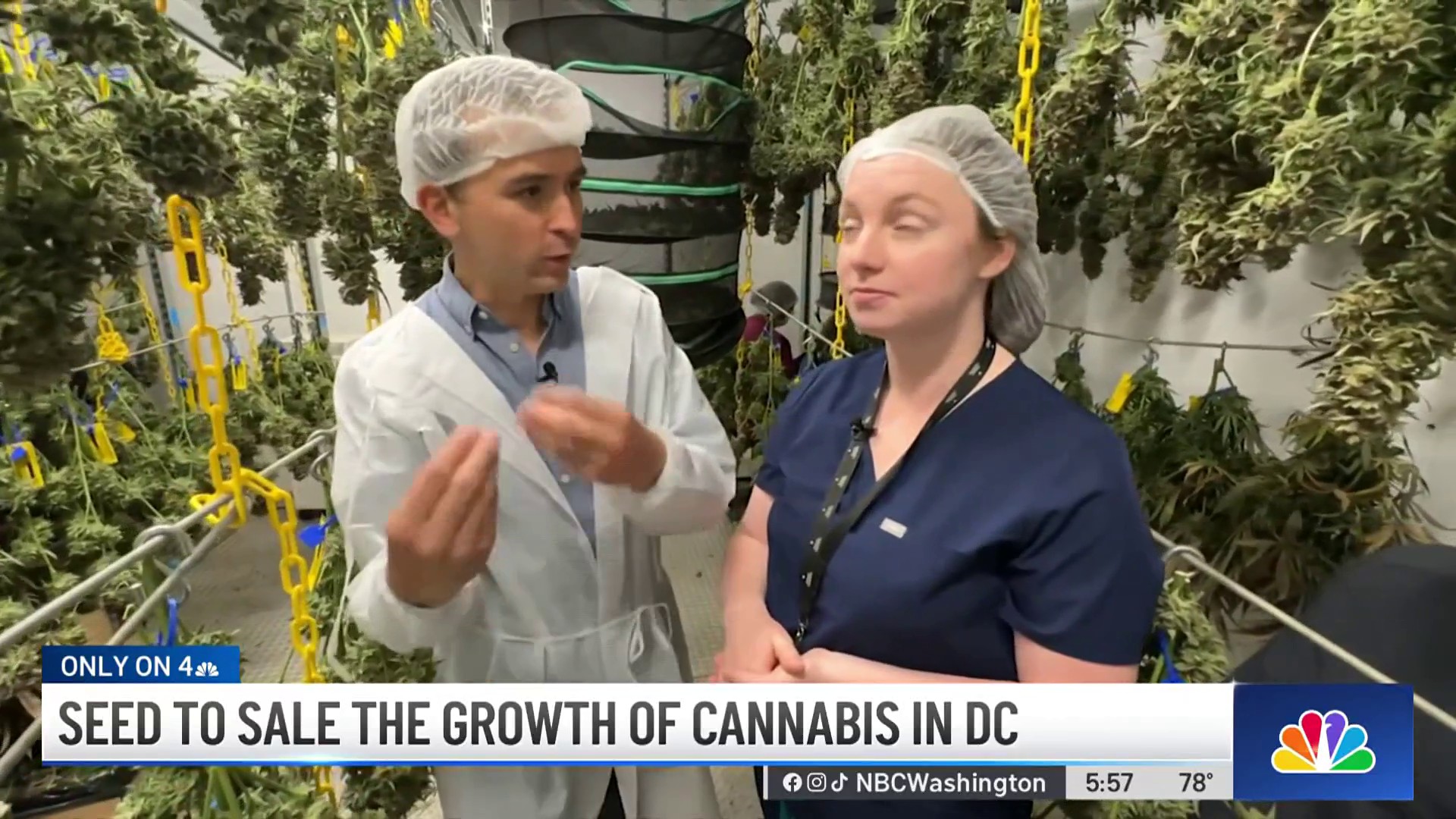Now that some of the land has been cleared of brush, the old gravesites are becoming apparent: indentations in the ground marked by weathered field stones where slaves who worked the old Belmont plantation in northern Virginia were buried.
"Everything is here. It's just hidden in plain sight," said the Rev. Michelle C. Thomas, who has led the effort to preserve the burial grounds.
After almost two years of difficult negotiations, a northern Virginia developer agreed to give the three-acre tract to the Loudoun Freedom Center, founded by Thomas, to preserve the site and learn more about it.
The tract sits at a busy intersection in Loudoun County, one of the nation's wealthiest and fastest-growing counties. Heavy construction work surrounds the land as an overpass is built nearby to carry Belmont Ridge Road over Route 7. Despite the surrounding construction, the freedom center's ownership of the land ensures it will no longer be threatened.
The Belmont and adjacent Coton plantations were owned by Ludwell Lee and Thomas Ludwell Lee, cousins of Confederate Gen. Robert E. Lee. The land now hosts a resort and country club, along with housing developments.
Construction over the decades has gashed through parts of the burial ground -a dry pond sits adjacent to some of the apparent gravesites on the now -preserved tract; Thomas said a backhoe ripped through the burial site in the 1950s to fix the land's drainage problems.
Thomas, though, is focused more on what's preserved. She grabs a smooth, shaped rectangular stone left at a site where rocks were quarried from the plantation. It's evident someone was working on the stone, presumably a slave. Thomas wonders what the stone was for as she clutches it.
Local
Washington, D.C., Maryland and Virginia local news, events and information
"Touching this is great. I know I'm close to my ancestors," she said.
Nobody knows exactly how many people are buried on the tract, and it may be impossible to determine. Thomas said 44 graves were mapped before the freedom center took ownership of the property. Since then, the group has cleared some of the land and found another 15 to 20 graves.
They've been able to do some research through well-preserved records at the county courthouse. The center has also entered into a partnership with the Institute for Historical Biology at the College of William and Mary to explore ways to conduct further research in a respectful way.
Michael Blakey, the professor who leads the institute, said what makes the Belmont site stand out is the fact that the community, through the deed to the freedom center, has been able to gain ownership of the land, to do with it as it sees fit.
"Enslaved people were everywhere, so they're buried everywhere," Blakey said. Often, slave cemeteries were built on marginal land that couldn't be easily cultivated. The rocky Belmont site fits the bill in that regard.
In many cases, the burial grounds have been lost to history. The Belmont site might have been as well, but Thomas did some research in 2015 as her church began looking for a building site. She knew the Lansdowne and Belmont communities were built on former plantations. As she continued to research, she learned about the burial grounds, which were referenced in old documents.
There are several options for archaeological research, but Blakey said the institute won't do any research that the community doesn't support, or deems disrespectful to those buried there. The institute is holding public meetings with the community.
"We ask them to tell us what they are interested in knowing," he said.
Thomas said it's too early to say what kind of archaeological excavation might be warranted. In her mind, any digging should be through the various legal records to see what can be learned. Partnerships with the county school system are yielding information through research of court records.
In coming months, Thomas wants to begin walking tours on the site.
"I'm just blessed to be able to tell the story," she said.



